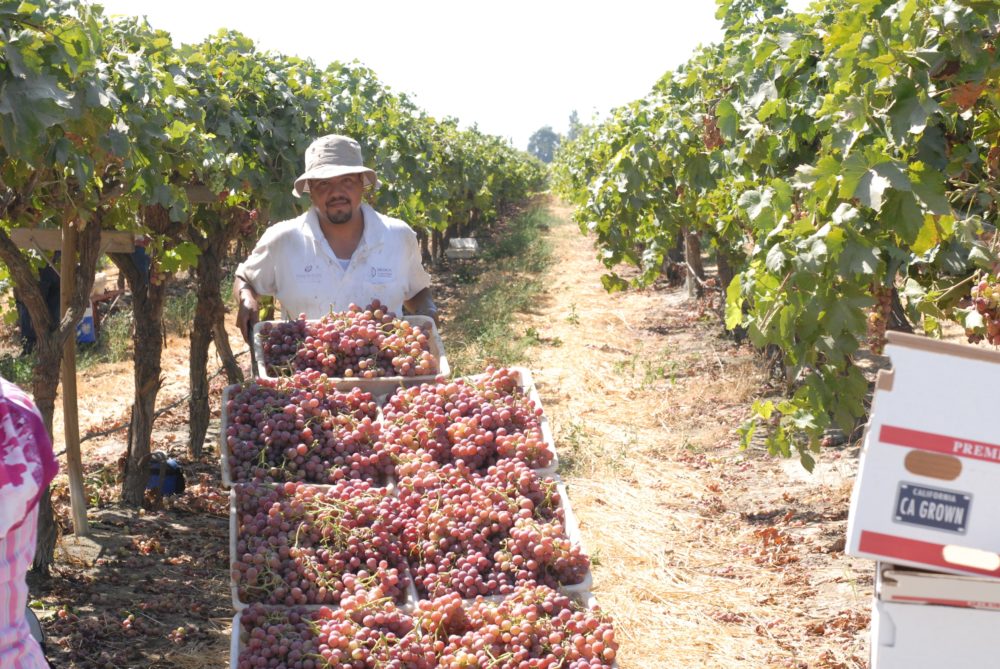USDA Modifies Farm Loan Programs to Give More Opportunity to Producers
Farm Loan Modifications Create Flexibility for Farmers and Ranchers
Agriculture Secretary Tom Vilsack TODAY announced increased opportunity for producers as a result of the 2014 Farm Bill. A fact sheet outlining modifications to the U.S. Department of Agriculture’s (USDA) Farm Service Agency (FSA) Farm Loan Programs is available here.
“Our nation’s farmers and ranchers are the engine of the rural economy. These improvements to our Farm Loan Programs will help a new generation begin farming and grow existing farm operations,” said Secretary Vilsack. “Today’s announcement represents just one part of a series of investments the new Farm Bill makes in the next generation of agriculture, which is critical to economic growth in communities across the country.”
The Farm Bill expands lending opportunities for thousands of farmers and ranchers to begin and continue operations, including greater flexibility in determining eligibility, raising loan limits, and emphasizing beginning and socially disadvantaged producers.
Changes that will take effect immediately include:
- Elimination of loan term limits for guaranteed operating loans.
- Modification of the definition of beginning farmer, using the average farm size for the county as a qualifier instead of the median farm size.
- Modification of the Joint Financing Direct Farm Ownership Interest Rate to 2 percent less than regular Direct Farm Ownership rate, with a floor of 2.5 percent. Previously, the rate was established at 5 percent.
- Increase of the maximum loan amount for Direct Farm Ownership down payments from $225,000 to $300,000.
- Elimination of rural residency requirement for Youth Loans, allowing urban youth to benefit.
- Debt forgiveness on Youth Loans, which will not prevent borrowers from obtaining additional loans from the federal government.
- Increase of the guarantee amount on Conservation Loans from 75 to 80 percent and 90 percent for socially disadvantaged borrowers and beginning farmers.
- Microloans will not count toward loan term limits for veterans and beginning farmers.
Additional modifications must be implemented through the rulemaking processes. Visit the FSA Farm Bill website for detailed information and updates to farm loan programs.



















